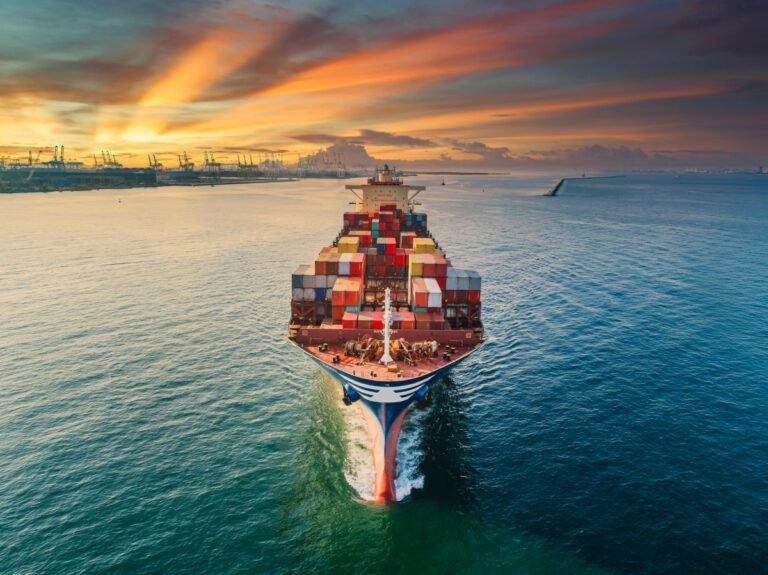Multiple shocks to global supply chains were caused first by the pandemic and more recently by Iran-backed Houthis target cargo ships in Red Sea have shown that there is a need for greater resilience in global shipping. At the same time, the pressure to reduce both cost and carbon footprint continues apace. Investors are quietly looking at technology platforms for ports and cargo ships, which could prove to be a very smart investment.
There is already enough evidence that this is happening.
More recently, Portchain — a Danish startup that claims to be a “neutral exchange” for cargo ships and ports has now raised a $5 million “Seed+” funding round from Angular Ventures. Other investors include MK Ventures and several former shipping executives.
Portchain works by facilitating continuous communication between a cargo ship and a port, acting something like air traffic control to make sure a ship arrives at exactly the right time to dock, rather than waiting outside the port, burning fuel, polluting the atmosphere and cost accumulation.
CEO Niels Kristiansen explained the problem to me this way: “The top 10 carriers account for 85% of global volume. But carriers and terminals work in a very different way. Carriers know how carriers work and don’t know much about how terminals work, and vice versa. So what happens is the carrier will come to a terminal and say “I have this data system”. And then the terminal says, “You’re a carrier, so you don’t know how I operate.” In the end, both end up sharing and planning through emails, phone calls and WhatsApp. It’s a mess.”
Instead, long before they reach their destination, Portchain allows ship captains to adjust their speed to dock at just the right moment, like a plane landing at an airport. In the meantime, this eliminates the need to update spreadsheets, email and PDF documents (whatever systems are running today).
Portchain claims that as a result, CO2 emissions can be saved by up to 14%, without any modification to the ships — important given that shipping is estimated to burn 117,800,000 tons of fuel per year.
And neutrality in these systems is important. Although shipping giant Maersk launched the ‘Tradelens’ project in 2018, it ran into problems when it needed rival companies to share data. The venture then shut down last year.
Portchain now claims to have signed up 90 container terminals worldwide (20% of global terminal capacity) and has signed a five-year agreement with Hapag-Lloydthe fifth largest shipping line.
However, Portchain is not the only player in this area, which is clearly heating up.
PortXChangebased in Rotterdam, started as a separate project from the Port of Rotterdam and became an independent company in 2019. Its strategic partners include Shell and Maersk.
Heyport in Hamburg was financed and incubated by the local German port operator HHLA.
Then there is Wake upbased in Finland.
Awake has so far raised a total of about $12 million according to CEO Karno Tenovuo. He and his team were previously part of a Rolls Royce unit looking at ‘smart shipping’.
With Finnish government funding, Angel and EU backing (but no VC to date) Tenovuo said: “Last year we launched what we call ‘Amazon for Ports’. This is the functionality of the market. Carriers and ports use emails and phone calls. So we got EU funding to develop this product, which automates the buying and selling of port services and reporting and invoicing.”
“We automatically match buyers and sellers. We predict where those products or services are needed, then we can suggest all the best arrival and departure times and tell the shipping companies what their impact on fuel cost emissions is,” he added.
However, he said there is “not much overlap” between Awake and Portchain.
Meanwhile, the International Maritime Organization has regulated that there must be a “National Single Window” for when ships enter an area controlled by a nation. This means that more and more technology will have to be used to help both airlines and ports.
As Tenovuo says, this “single window” will mean there will be a huge need to “connect all services.”
So, for now, it is likely that these types of services will continue to roll out and continue to hold the interest of investors.
